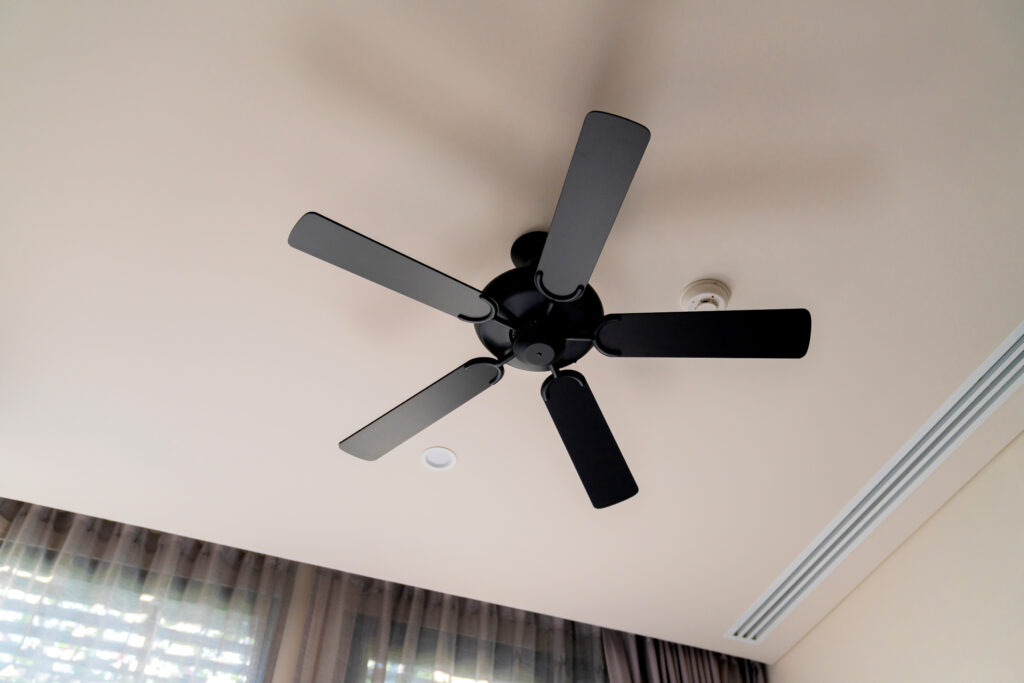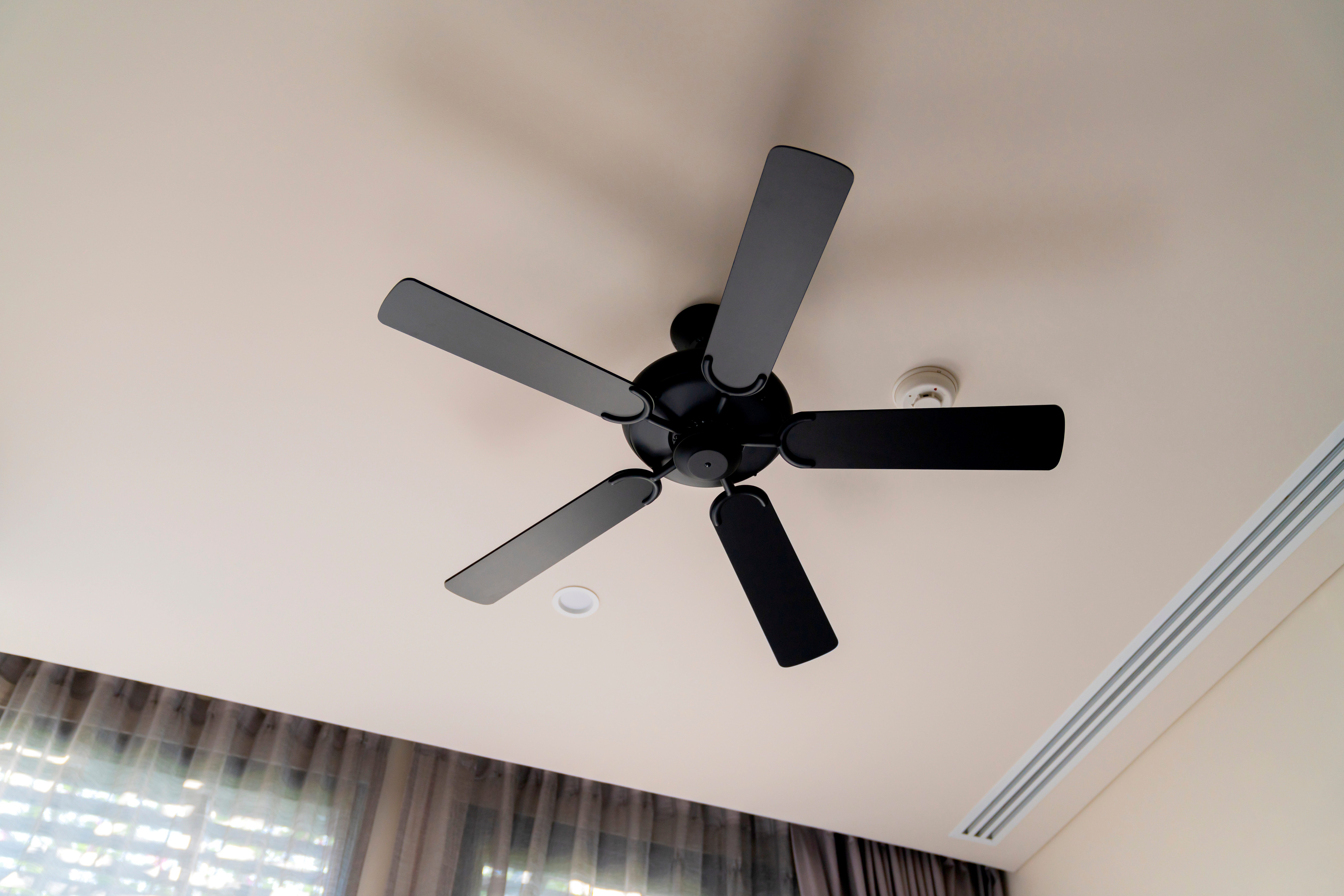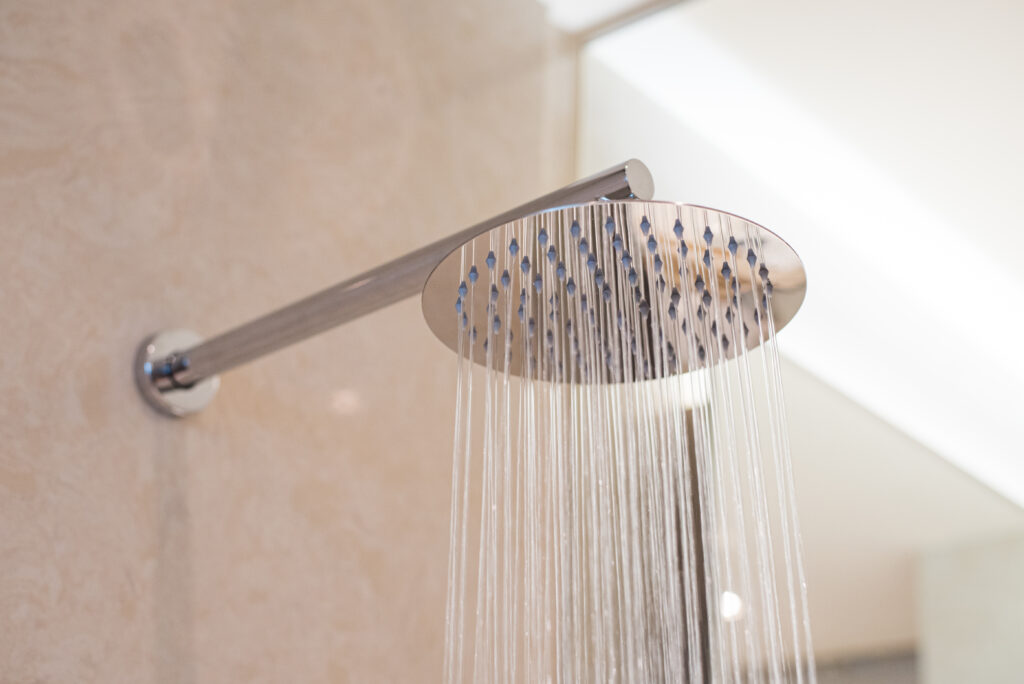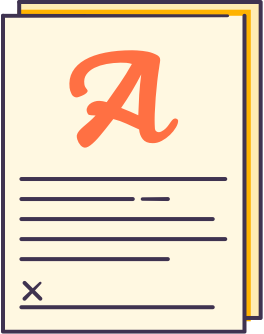Does Fan Direction Matter? Yes — And Here’s Why Homeowners Should Care
If you’ve ever walked through a room and tilted your head wondering, “Is the ceiling fan helping or hurting right now?”, you’re not alone. Ceiling fan direction is one of those things most homeowners don’t think about until they’re standing under it, sweating (or shivering), and wondering what that little switch actually does. Spoiler: it really does matter. Especially when we’re talking about energy efficiency, comfort, and even your HVAC’s workload — which can tie directly into home warranty claims. So let’s slow our spin for a second and unpack how this simple change can help you live a little smarter at home.
What Does Ceiling Fan Direction Actually Do?
At first glance, ceiling fan direction seems like a subtle detail. But that small switch on the base of your fan changes the way the blades spin — clockwise or counterclockwise — and that directly affects airflow. When it’s set correctly for the season, your ceiling fan can either circulate warm air in winter or create a cool breeze in summer. When it’s set wrong? It can leave you wondering why you’re still feeling stuffy, or worse, ramp up the work your AC or heater needs to do.
Summer Mode: Counterclockwise for a Cool Breeze
In the heat of summer, your ceiling fan should be spinning counterclockwise. This direction pushes air downward, creating that cool breeze you can actually feel on your skin. That wind-chill effect doesn’t really change the temperature in the room but makes you feel several degrees cooler. So — and this is important — you can raise your thermostat a few degrees and still feel comfortable. That little shift can reduce air conditioning use dramatically and extend the life of your HVAC system. And yes, your energy bill will thank you.
Winter Mode: Clockwise to Circulate Warm Air
In the colder months, flip that switch to clockwise and run the fan on a low speed. What this does is pull cooler air up and push the warmer air trapped near the ceiling down along the walls, creating a gentle circulation. It doesn’t blast you with air like summer mode — it’s subtle, but effective. This helps maintain consistent temperatures without cranking up the heat all the time, which again gives your HVAC system a bit of a break. If you have vaulted ceilings, you’ll feel the difference most.
But… Doesn’t That Make the HVAC Work Harder?
Quick gut reaction: no, it actually lessens the load. And I get where the confusion comes from. You’d think adding a spinning motor would heat things up, but ceiling fans don’t change the room’s temperature; they just move the air around. That movement, when done right, allows your HVAC to do less work because you’re able to set your thermostat at a more moderate level. So in a way, your fan becomes a friendly assistant to your heating and cooling system—not a rival.
The Energy Efficiency Payoff for Homeowners
Here’s where things start to get pretty compelling. When used properly, ceiling fans can allow you to raise the thermostat about 4°F in summer without compromising comfort. That adds up over weeks of long, hot afternoons. Think of it as stretching your HVAC’s workload across two tools instead of one—and from a home warranty standpoint, that’s great news. Overworked HVAC systems are one of the top causes for warranty claims. Reducing strain prolongs lifespan, minimizes wear and tear, and leads to fewer repair or replacement calls. It’s one of those small things that has a ripple effect on many other parts of your home.
Common Ceiling Fan Mistakes (And How to Avoid Them)
Okay, mini confession: a lot of homeowners never change the direction of their ceiling fan. Some might not even realize it can be changed. That’s mistake number one. Another common one? Running the fan at high speed in winter, which can create a drafty feel even if the direction is correct. And then there are folks who leave the fan spinning when no one’s in the room — not realizing that fans cool people, not spaces. A fan running in an empty room is just burning energy with zero benefit. Moral of the story: be intentional about when and how you use it. Learn the directions, use them seasonally, and flip that switch twice a year — it’s a five-second fix with a long-term impact.
Why Armadillo Has Your Back (Even When the Fan Is Spinning Wrong)
Look, we all make little homeowner missteps. Maybe you ran the fan the wrong way last season. Maybe you didn’t flip the switch at all. No judgment — learning how your house works is a lifelong process. That’s where Armadillo steps in. With a modern, flexible home warranty plan from Armadillo, you’ve got backup when your HVAC system hiccups. Or when your fan motor fizzles out. Or when your aging AC decides July is a nice time to retire. Whatever goes wrong — even if it’s kind of your fault (we’re human, it happens) — we turn unexpected breakdowns into handled situations, fast. Ready to protect what keeps your house running? Start building your custom plan now at armadillo.one/plan-builder. It’s more peace of mind with just a few clicks — and way cooler than guessing which way your fan should be spinning.


























